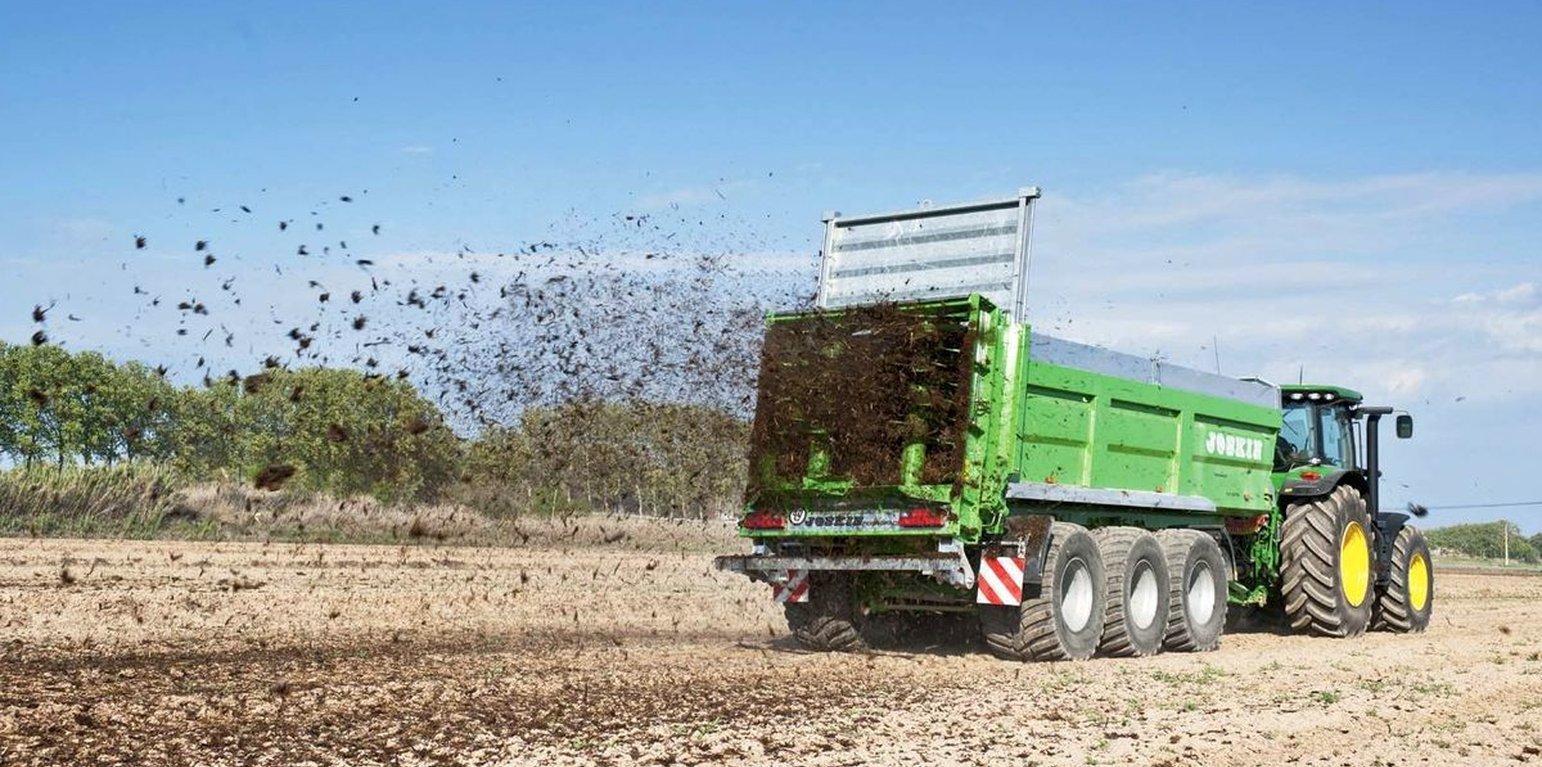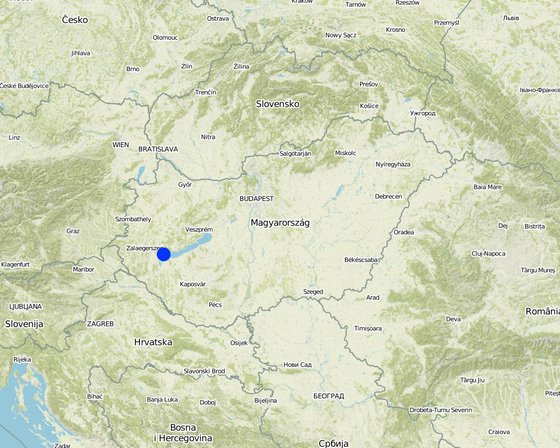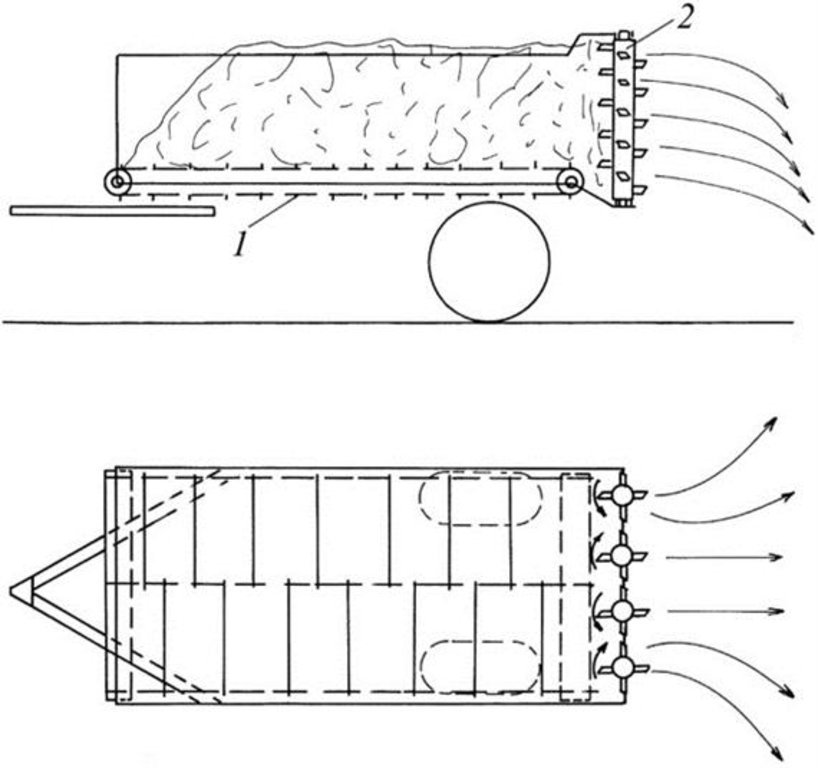



1. The case study area is situated within the catchment of river Zala in western Hungary. 37% of the total catchment area is arable land which is much lower than the national average, 27% is forest, which exceeds the national average. 15% of the land is under grassland management, 5% is horticulture, 3% is pomiculture, 2% is viticulture, 1% is reed management and fish farming. In arable land non irrigated cereals, maize and oil crops are the main farming system classes. Among permanent crops vineyard and fruit trees are the most significant.
2. Cattle dung, urine with bedding material and fodder residues are decomposed. 4 months are needed for decomposition of the manure. After rotting the manure it is spread to the soil and incorporated. Generally winter rape, corn and sugar beet are the main crops before which manure is applied. Nitrate regulation has to be considered on fields which are defined as sensitive areas, both date and rate of fertilization are limited. Crop rotation is part of the technology, since dairy production is an important activity of the production, so fodder crops have to be produced on a territory determined by the demand of the livestock. Catch crops are rotated on the rest of the field.
3. The purpose of the technology is to increase soil fertility. The following general nutrients are included in the farmyard manure: N%=0.3-0.5, P2O5%=0.20-0.25, K2O%=0.5-0.5 .
4. It is important to have boving holding in a short distance to the plots of the farm where it has to be applied. The manure is spread in each third or fourth year.
5. Impacts of the technology are increased organic matter content, improved biological activity and structure of the soil.
6. Land users like its positive effect on soil health, only one disadvantage can be that it can increase weed infestation.

Lugar: Keszthely, Zala, Hungría
No. de sitios de Tecnología analizados: 10-100 sitios
Difusión de la Tecnología: distribuida parejamente sobre un área (approx. 1-10 km2)
¿En un área de protección permanente?:
Fecha de la implementación: 2006
Tipo de introducción









| Especifique insumo | Unidad | Cantidad | Costos por unidad (Forint) | Costos totales por insumo (Forint) | % de los costos cubiertos por los usuarios de las tierras |
| Equipo | |||||
| construction of manure storage | 1000 t | 1,0 | 4600000,0 | 4600000,0 | 50,0 |
| Costos totales para establecer la Tecnología | 4'600'000.0 | ||||
| Costos totales para establecer la Tecnología en USD | 17'692.31 | ||||
| Especifique insumo | Unidad | Cantidad | Costos por unidad (Forint) | Costos totales por insumo (Forint) | % de los costos cubiertos por los usuarios de las tierras |
| Mano de obra | |||||
| sum of labour cost for spreading the manure | day/ha | 0,02 | 15000,0 | 300,0 | 100,0 |
| Equipo | |||||
| farmyard manure application (1 ha 0.16 hour) | machine hours | 0,16 | 80000,0 | 12800,0 | 100,0 |
| Indique los costos totales para mantenecer la Tecnología | 13'100.0 | ||||
| Costos totales para mantener la Tecnología en USD | 50.38 | ||||
+30 % increase in yield
+30 % increase in yield, positive for nutrient recycling within the farm, better soil conservation due to perennial crops e.g. alfalfa
it results in more stable market position
transporting manure for long distances is not economical
stabilization of the whole system of farming
better soil condition is a feedback for the farmer
due to better soil structure
due to better soil structure
positive for nutrient recycling within the farm
OM increases with 30 % in temperate climate on Luvisol
yield is increased
more earthworms
increase cation exchange capacity
higher SOC results in better C sequestration